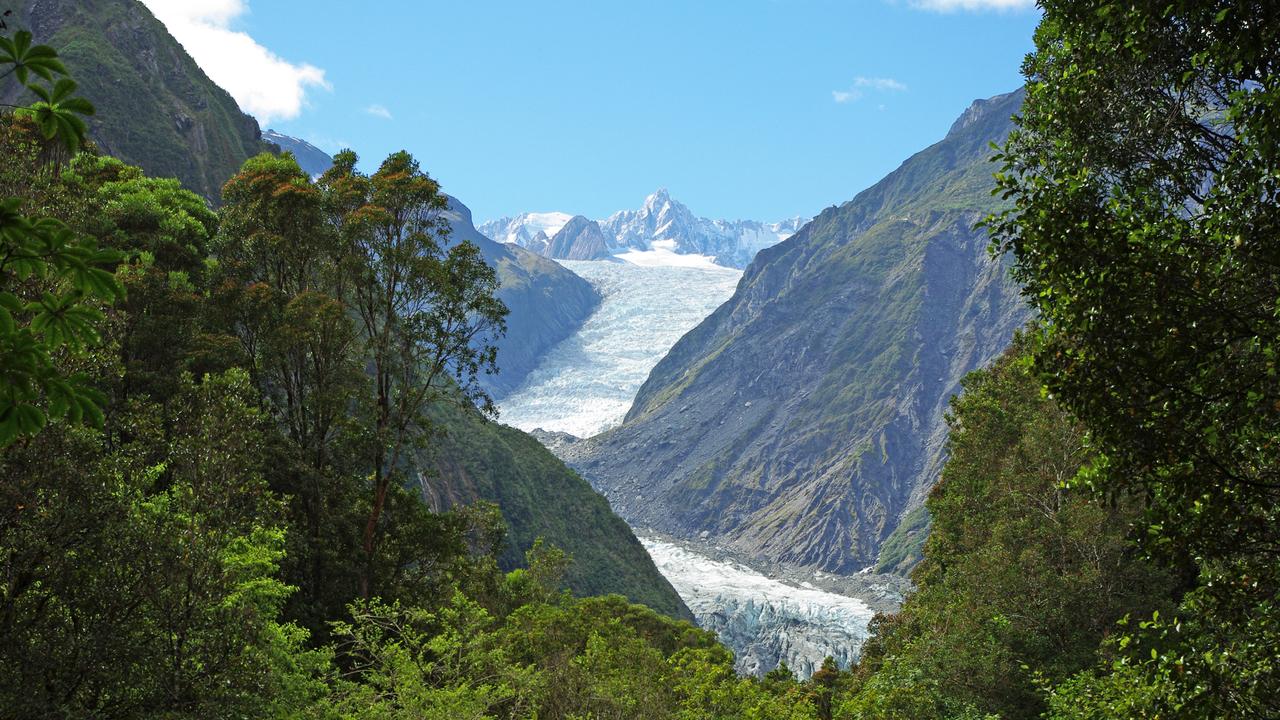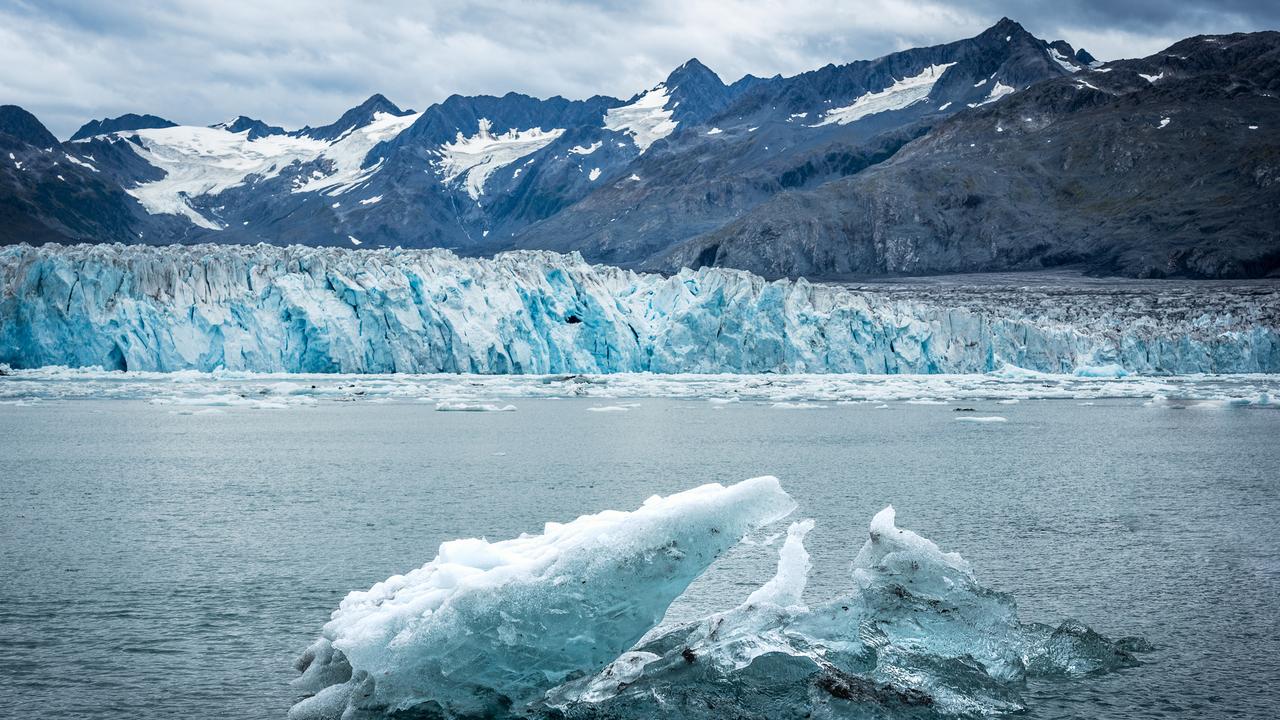Two-thirds of glaciers on track to disappear by 2100, study finds
The world’s glaciers are melting faster than scientists thought, with two-thirds on track to disappear by the end of the century, according to a new study

READING LEVEL: ORANGE
The world’s glaciers* are shrinking and disappearing faster than scientists thought, with two-thirds of them projected* to melt out of existence by the end of the century at current climate change trends, according to a new study.
But if the world can limit future warming to just a few more tenths of a degree and fulfil international goals – technically possible but unlikely according to many scientists – then slightly less than half the globe’s glaciers will disappear, the study says.
On the other hand, 83 per cent of the world’s glaciers would be likely to disappear by the year 2100 if global temperatures increased even more than the current rate of warming.

The study, published in the Science journal on January 5, examined all of the globe’s 215,000 land-based glaciers – not counting those on ice sheets in Greenland and Antarctica – in a more comprehensive* way than past studies.
Scientists used computer simulations* to calculate, using different levels of warming, how many glaciers would disappear, how many trillions of tons of ice would melt and how much it would contribute to sea level rise.

The world is now on track for a 2.7-degree Celsius temperature rise since pre-industrial times, which by the year 2100 means losing 32 per cent of the world’s glacier mass, or 48.5 trillion metric tons of ice, as well as 68 per cent of the glaciers disappearing.
That would increase sea levels by 11.5cm in addition to seas already getting larger from melting ice sheets and warmer water, said study lead author David Rounce, from Carnegie Mellon University in the US.
“No matter what, we’re going to lose a lot of the glaciers,” said Dr Rounce, a glaciologist and engineering professor. “But we have the ability to make a difference by limiting how many glaciers we lose.”
Study co-author Regine Hock, a glaciologist at the University of Alaska Fairbanks in the US and the University of Oslo in Norway, said that “for many small glaciers it is too late”.
“However, globally our results clearly show that every degree of global temperature matters to keep as much ice as possible locked up in the glaciers,” Professor Hock said.
The study projected ice loss by 2100 would range from 38.7 trillion metric tons to 64.4 trillion metric tons, depending on how much the globe warmed and how much coal, oil and gas was burned.

The study calculated that all of that melting ice would add anywhere from 9cm in the best case to 16.6cm in the worst case to the world’s sea level. That is 4 per cent to 14 per cent more than previous projections.
Climate Central chief executive Ben Strauss said an 11.4cm sea level rise from melting glaciers would mean more than 10 million people around the world would find themselves living below the high tide line.
National Snow and Ice Center deputy lead scientist Twila Moon, who wasn’t part of the study, said glaciers were crucial to people’s lives in much of the world.
“Glaciers provide drinking water, agricultural water, hydropower and other services that support billions of people,” Dr Moon said.
She said the study “represents significant advances in projecting how the world’s glaciers may change over the next 80 years due to human-created climate change”.
GLOSSARY
- glaciers: extremely large masses of ice which move very slowly, often down a mountain valley
- projected: estimated or forecast on the basis of current trends or data
- comprehensive: complete, including everything that is necessary
- simulations: imitating situations or processes
EXTRA READING
Greenland ‘zombie ice’ on the rise
Antarctic ice shelf calves massive iceberg
How rising sea levels could impact landmarks
QUICK QUIZ
- In which journal was this study published?
- How many land-based glaciers does the world have?
- What temperature increase is the world on track to record?
- What percentage of the world’s glaciers would be lost if this expected temperature increase occurs?
- How many people would find themselves living below the high tide line if sea levels rise by 11.4cm?
LISTEN TO THIS STORY
CLASSROOM ACTIVITIES
1. What is the cause?
Use the information in the story and your own research skills to write paragraphs explaining why the glaciers are melting so quickly.
Time: allow 45 minutes to complete this activity
Curriculum Links: English, Science
2. Extension
What can we do to stop all the glaciers melting? Write a list of actions that our government could take to save as many glaciers as possible.
Time: allow 30 minutes to complete this activity
Curriculum Links: English, Science, Geography
VCOP ACTIVITY
To sum it up
After reading the article, use your comprehension skills to summarise in a maximum of three sentences what the article is about.
Think about:
- What is the main topic or idea?
- What is an important or interesting fact?
- Who was involved (people or places)?
Use your VCOP skills to re-read your summary to make sure it is clear, specific and well punctuated.

